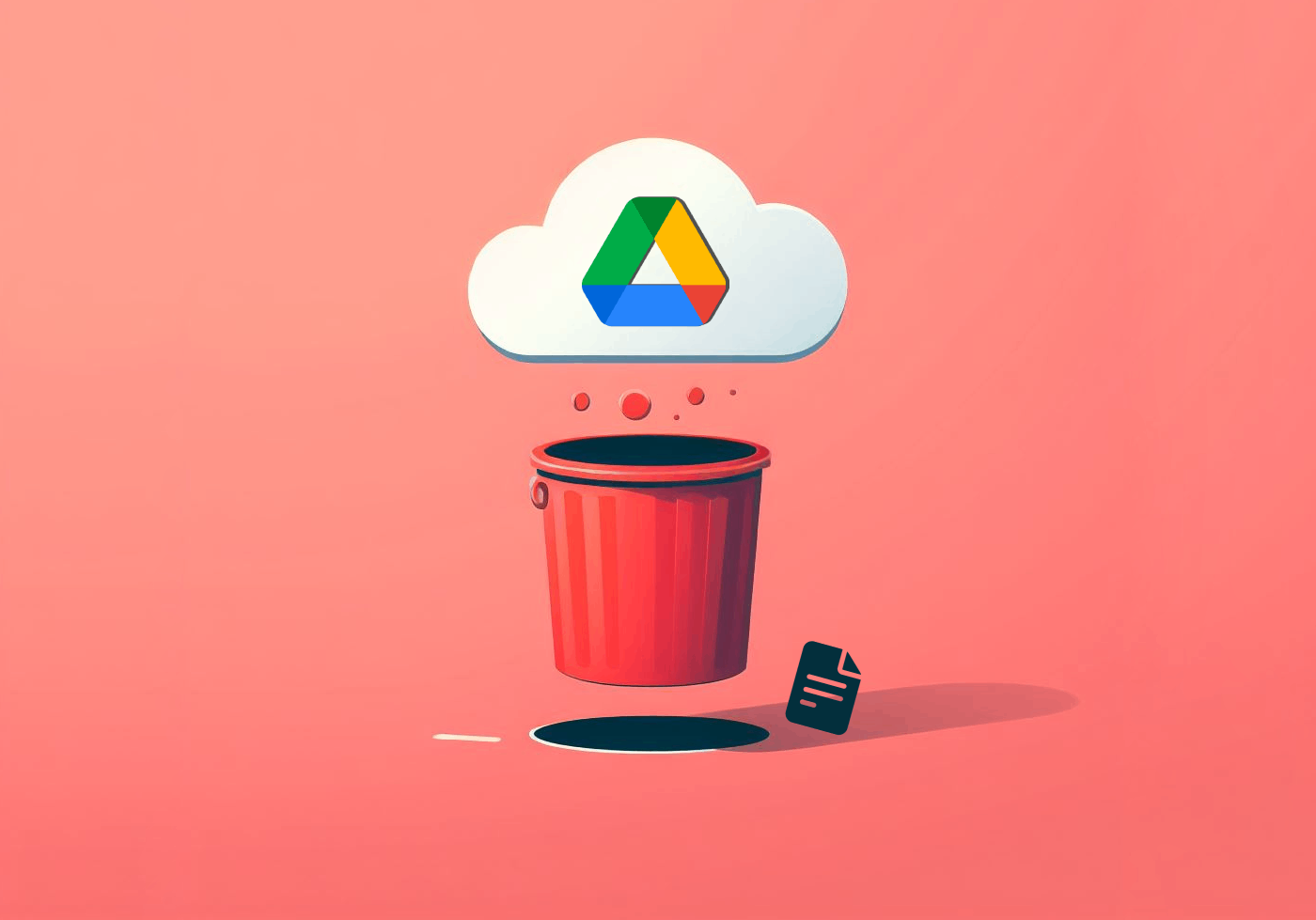3
If you have data stored in Google Drive, you can easily restore your backup, whether on the same device or a different one. There are several options for PCs and smartphones.
Restoring your Google Drive backup on your PC
If you want to download individual files or entire directories from Google Drive to your PC, the easiest way to do this is via the web interface:
- Open Google Drive in your browser.
- Sign in with your Google account.
- Navigate to “My Drive” in the sidebar.
- Find the file or folder you want.
- Right-click on it and select “Download.”
- Note: When downloading folders, they are saved as ZIP files.
Alternative: Download all data from Google Drive (Google Takeout)
If you want to export larger amounts of data, use Google Takeout:
- Open the page and log in if necessary.
- Click on “Select all.”
- Check the box next to Google Drive.
- Under “Include all Drive data,” you can select specific folders.
- Under “Multiple formats,” select the export format, e.g., DOCX or PDF.
- Click on “Next step.”
- Select the frequency, file type (ZIP/TGZ), and maximum size (e.g., 2 GB).
- Click on “Create export.” The download link will be sent to you by email.
Restore Google Drive backup on Android
Android devices offer automatic backups via Google One, including app data, SMS, device settings, and more. Here’s how to restore your data:
- When setting up a new Android device: Sign in with the Google account that contains the backup and tap “Restore apps & data” during setup. Then select the desired backup and follow the instructions to complete the restoration.
- Subsequent synchronization: Open your smartphone’s settings, navigate to “Google” ☻ “Backup” or “System” ☻ “Backup” (depending on your Android version) and enable “Back up to Google One” if it is not already enabled. To restore individual content (e.g., contacts, calendar), open “Accounts” ☻ your Google account and enable the desired synchronizations. If necessary, tap “Sync now.”
